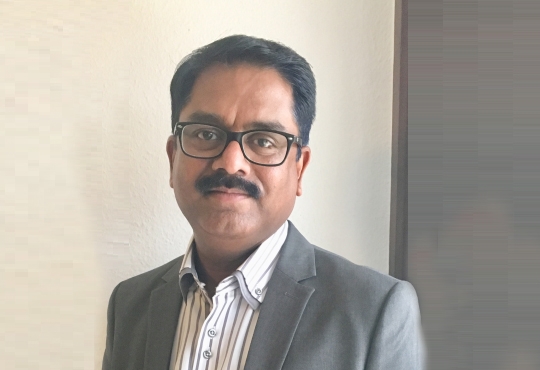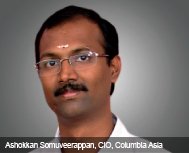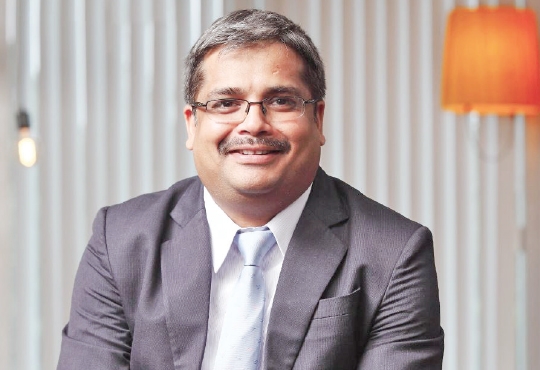
CIOTechOutlook >> Magazine >> June - 2013 issue
The Industry Lacks Standardization
By
 Columbia Asia is a chain of hospitals in Asia with 23 medical facilities across India, Malaysia, Vietnam and Indonesia.
Columbia Asia is a chain of hospitals in Asia with 23 medical facilities across India, Malaysia, Vietnam and Indonesia.Need of the Hour
Even though technology does not have adequate footprints in the healthcare sector, we will see enough of it in the coming days. Where on the one end, focus will be on healthcare analytics, on the other, the focus will be providing information and elimination of paper based records to use them efficiently for patients care and diagnosis based medical care thus improving evidence based practices in the long run.
Patient's Perspective
Care and transparency is of patient's utmost importance rather than the technology we provide. Hence, whatever technology we use, it should serve this purpose and this is possible through interconnected healthcare systems. At Columbia Asia, we have a core ERP software which is home grown and highly interconnected with its processes and financial accounting. Also, the healthcare sector needs to work on providing online medication or prescription for the doctors.
Challenges of Technology in Healthcare
Technology in healthcare should be able to regulate the workflow smoothly while brining lot of internal control and automation involved to reduce the manual contacts. From the end users' perspective, the speed in completing the workflow will be of utmost importance and technology has to facilitate this in completing the workflow in a faster pace. For example, while writing the prescription on their computer system, if doctors have a dropdown option or favorite group of records from where they can select the medicines and prescribe to the patients. This will facilitate in completing the workflow much faster. Each doctor might have their separate dropdown or favorites.
Also, there is a huge gap between the rural and urban healthcare space and this is the major challenge that the healthcare solutions providers have to bridge.
Lack of Standardization
Healthcare organizations also lack standardized polices at large and there are no governing regulations for the way how clinical records need to be documented. However, if standardized, will help better adoption of IT, otherwise we will have isolated systems been adopted by different people which will not eventually contribute to larger healthcare initiatives in the national level.
Trends yet to Perceive
The concept of tele-medicines and mobile-medicine is going to go a long way in the coming years and will be the next wave of technology in healthcare sector. From IT perspective, analytics and big data getting into remote reviews and second opinions will get better. Technology having remote access to the workflow will see boom in the coming days.
Needs and challenges of CIOs
We always feel there is a gap between IT professionals understanding of the medical care delivery execution and terminology what they use. Here we need a new breed of people who understand healthcare and transform the end users' requirements. We also need a more robust platform of systems that can connect us well between geographies and here we struggle for stable and scalable connectivity solutions.
CXO Insights
By Shibu George, Head-Project Electrical, Apollo Tyres
Adapting to the Direct to Consumer World
By Pravin Ahire, Senior Vice President –Operations, Finolex Cables
To Cloud or not to Cloud: No Longer a Question




